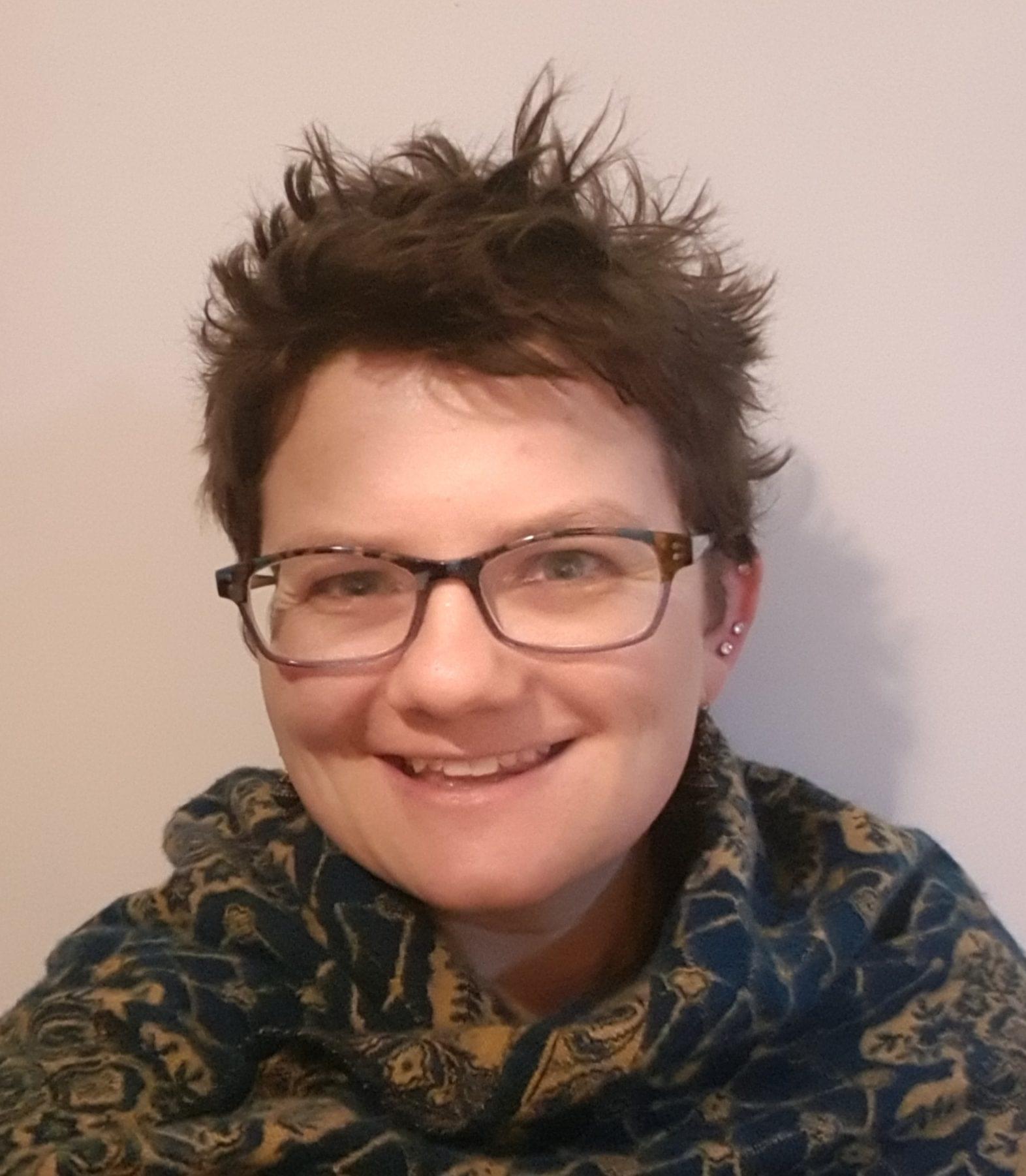How your data is improving the health of everyone in the community (without you even knowing it)
By Carinna Hockham and Anna CampainEvery time you are admitted to hospital, attend a clinic, or collect medication from a pharmacy, new medical data is generated and collected.
It all adds up (anonymously)
This data is protected
This data is protected by law and in carefully considered and secure circumstances, may be made available to verified researchers to understand health challenges on a larger scale.
Just the facts (nothing personal)
Generating evidence
Answering big questions
Analysing population-level data can help answer big questions like:
- How many people in Australia are living with heart disease?
- How can we address health inequalities in the community?
- What sorts of services are needed, and where, to provide the best care?
Communicating big answers
Once answers to big questions are found, they can be communicated to the public, policy makers, funders, clinicians and other researchers to achieve positive change in the real world.
The ultimate aim of this research is to improve people's health.
How some people are making a difference
Understanding kidney disease and diabetes
1 in 10 participants were living with diabetes at the start of the study in 2006 (1)
almost 6% developed the disease over eight years of follow-up
people with type 2 diabetes often have more than one related disease
among the 24,400 people with diabetes, more than 20% developed reduced kidney function when studied for an average of 6 years.
Identifying risk factors through anonymised data
older age
Asian ethnicity
lower household income
male sex
high blood pressure and obesity
poor physical health
family history of diabetes
living in a regional or remote area
Reaching blood sugar targets and improving quality of care
Towards better health for everyone
Insights from your anonymous data are improving the lives of everyone in the community
Developed by
We thank the many thousands of people participating in the 45 and Up Study.
We also thank the various data custodians who provided data to the study:
Services AustraliaNSW Ministry of HealthANZDATA RegistryLaboratory service providersAnd NSW Center for Health Record Linkage (CHeReL) for performing the data linkage
EXTEND45 received funding from:
A NSW Cardiovascular Research Network Research Development Project Grant from the National Heart Foundation of Australia awarded to Prof Meg JardineRebecca L Cooper FoundationRoche Products Pty Ltd.Eli LillyMerck Sharp & Dohme (Australia) Pty LtdAmgen (Australia) Pty Ltd
Study governance:
EXTEND45 was set up by Prof Meg Jardine in 2013 and coordinated through The George Institute for Global Health, Sydney. Scientific oversight of the study is provided by an independent steering committee - the details for which can be found here. Ethical approval for the EXTEND45 Study was obtained from NSW Population and Health Service Research Ethics Committee (HREC/13/CIPHS/69).


